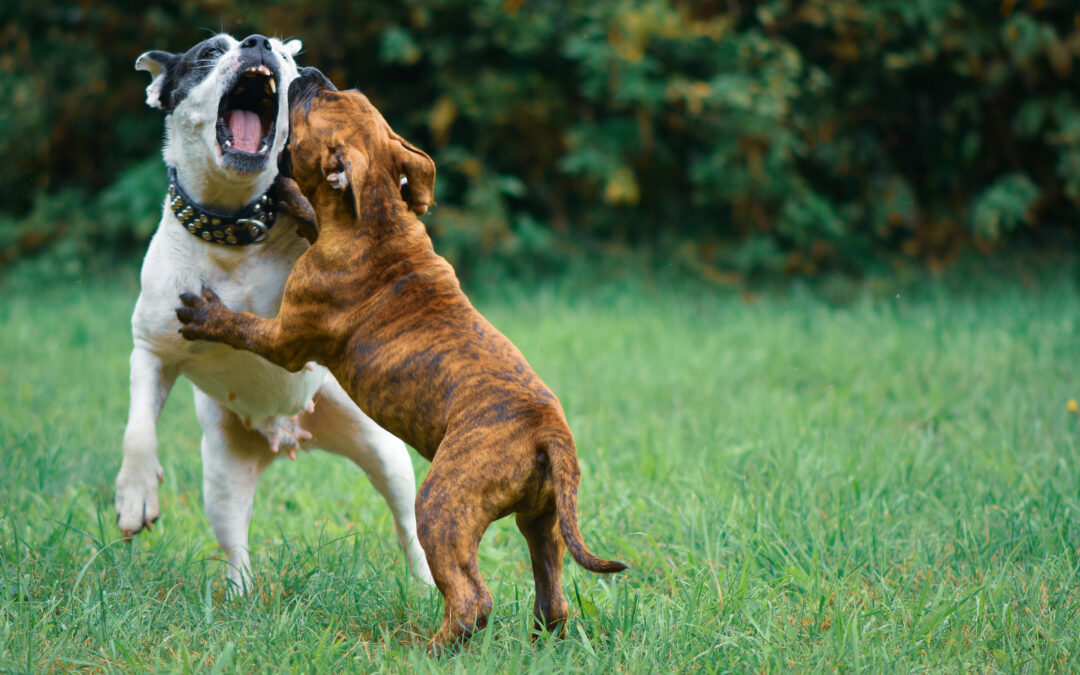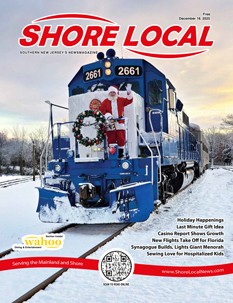Walking a dog that is “reactive” can be both physically and mentally exhausting for a dog owner. Often, as a result of the owner being frustrated and embarrassed by their dog’s behavior, they stop taking the dog out and walking them altogether. It is absolutely possible to train your reactive dog to walk nicely and not react to other dogs. However, it is often not possible to train a dog that’s aggressive to “like” other dogs, and that is a very big distinction when working with these dogs.
Dogs that lunge, bark, snarl, or growl at other dogs can be doing so for a host of reasons, such as fear, overstimulation by the presence of another dog, frustration at not being able to meet the other dog, or they could truly be aggressive toward other dogs. Having someone skilled at assessing why your dog is reactive is essential when developing a training plan. I train reactive dogs and teach owners to use positive or reward-based methods mixed with counter-conditioning. I do believe that punishment-based methods of harsh corrections or a shock collar used on a reactive dog result in the dog suppressing their frustration or fear. While it may appear that the problem is gone, more often than not, the dog will one day seemingly “explode,” shocking owners who believed the problem had been solved. I find that when a dog is truly aggressive toward other dogs, the training program should heavily emphasize management, not promise a cure.
A dog’s temperament cannot be changed with any great degree of success, but what you can do is train your dog to have a new response to what is triggering them to be reactive. Training a reactive dog to walk nicely and to ignore other dogs should be done when the dog is under its frustration threshold, not when the dog is already over the top. So if you’re walking your dog in an area where you are prone to seeing other dogs unexpectedly, you should stick to the fringes at first, where you can keep your dog under their threshold of reactivity. I often take reactive dogs to parking lots, where we are assured to see other dogs. However, I can give us distance from them and manage how close the dogs get to each other. I can also train alternate behaviors like automatically checking in with me without being prompted, teaching them to back up away from the stimulus, or teaching them to do an emergency U-turn. I also heavily reinforce the dog’s good behaviors with treats or play.
The single most important thing that is needed when training a reactive dog is a positive and relaxed attitude by the person holding the leash. If you are worried, your dog will be worried. Picking up the leash each and every time like today is going to be the best walk of our lives is key to success.
I happen to believe that dog reactivity is a common response in the dog world. While, of course, it is preferable to not have a dog that goes insane on walks, it does not at all mean that you cannot train your dog. I also firmly believe that while dog reactivity is common, it is every dog owner’s responsibility to manage their dog safely, because reactivity can and does lead to dog fights and dog bites. However, with proper guidance and training, both you and your reactive dog can and deserve to have many long, lovely walks together.
If you have any questions, please email me at heidi@fouronthefloordogtraining.net.
Heidi Clayton started Four On the Floor Dog Training to provide positive, reward-based dog training in South Jersey. She breeds, trains and shows bull terriers under the SoraBully’s Bull Terriers kennel name. Email questions to heidi@fouronthefloordogtraining.net or learn more at https://fouronthefloordogtraining.net















